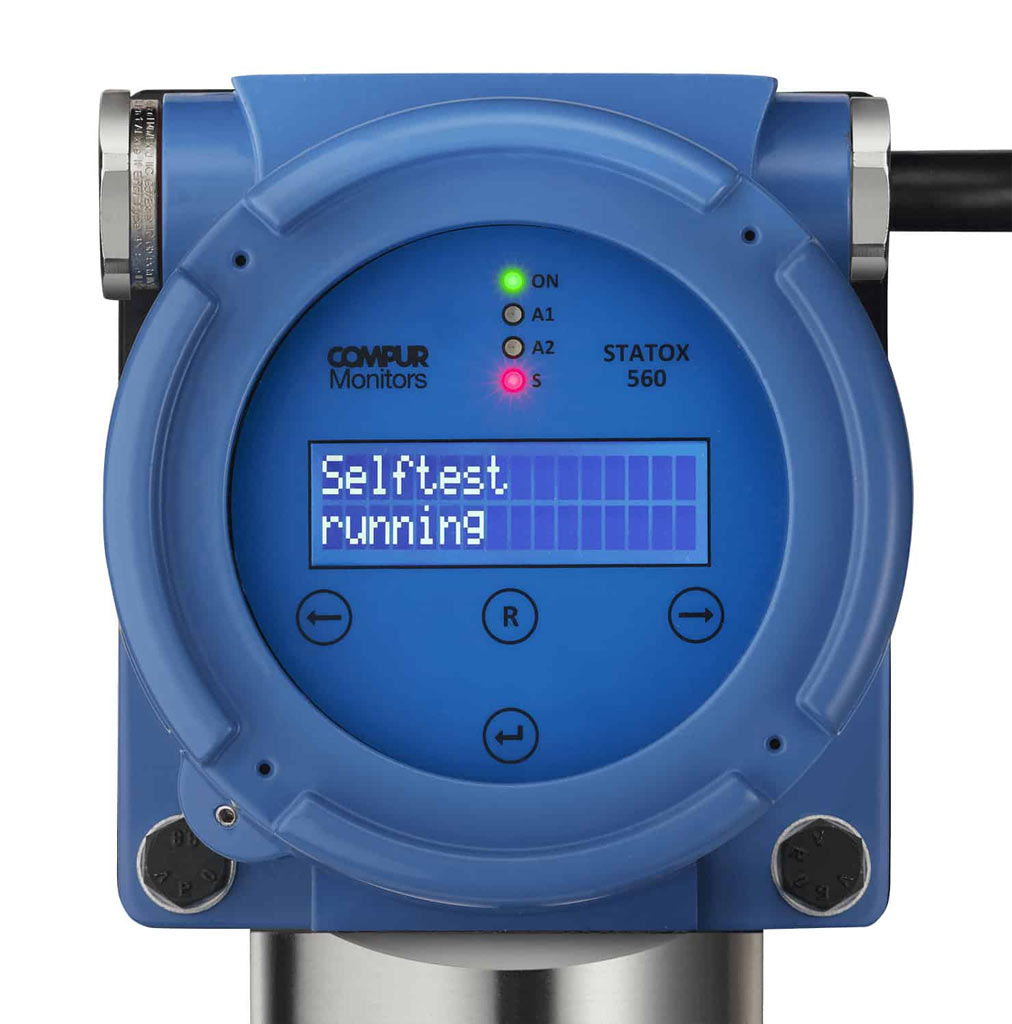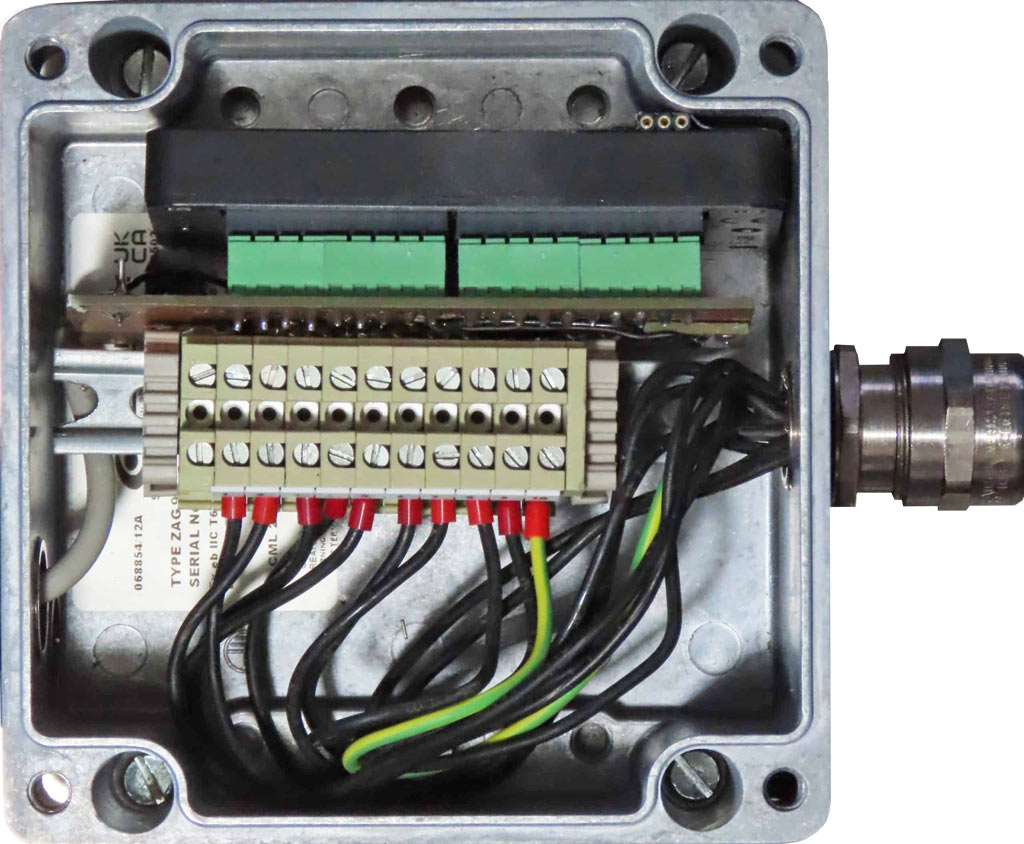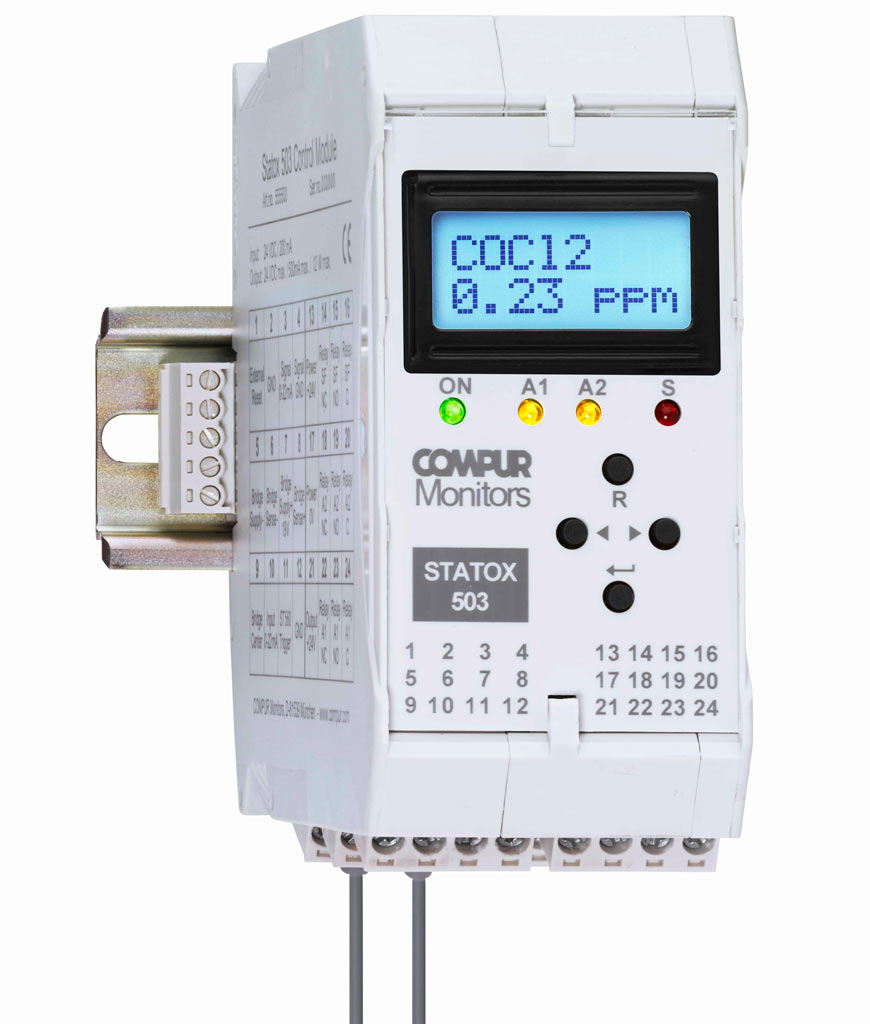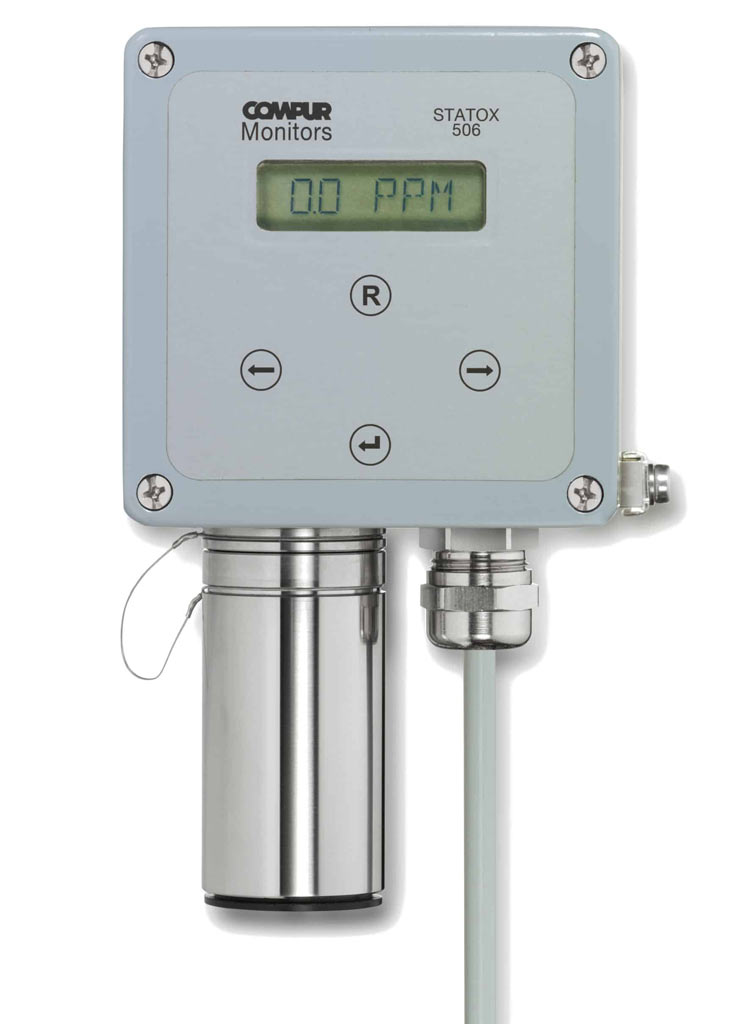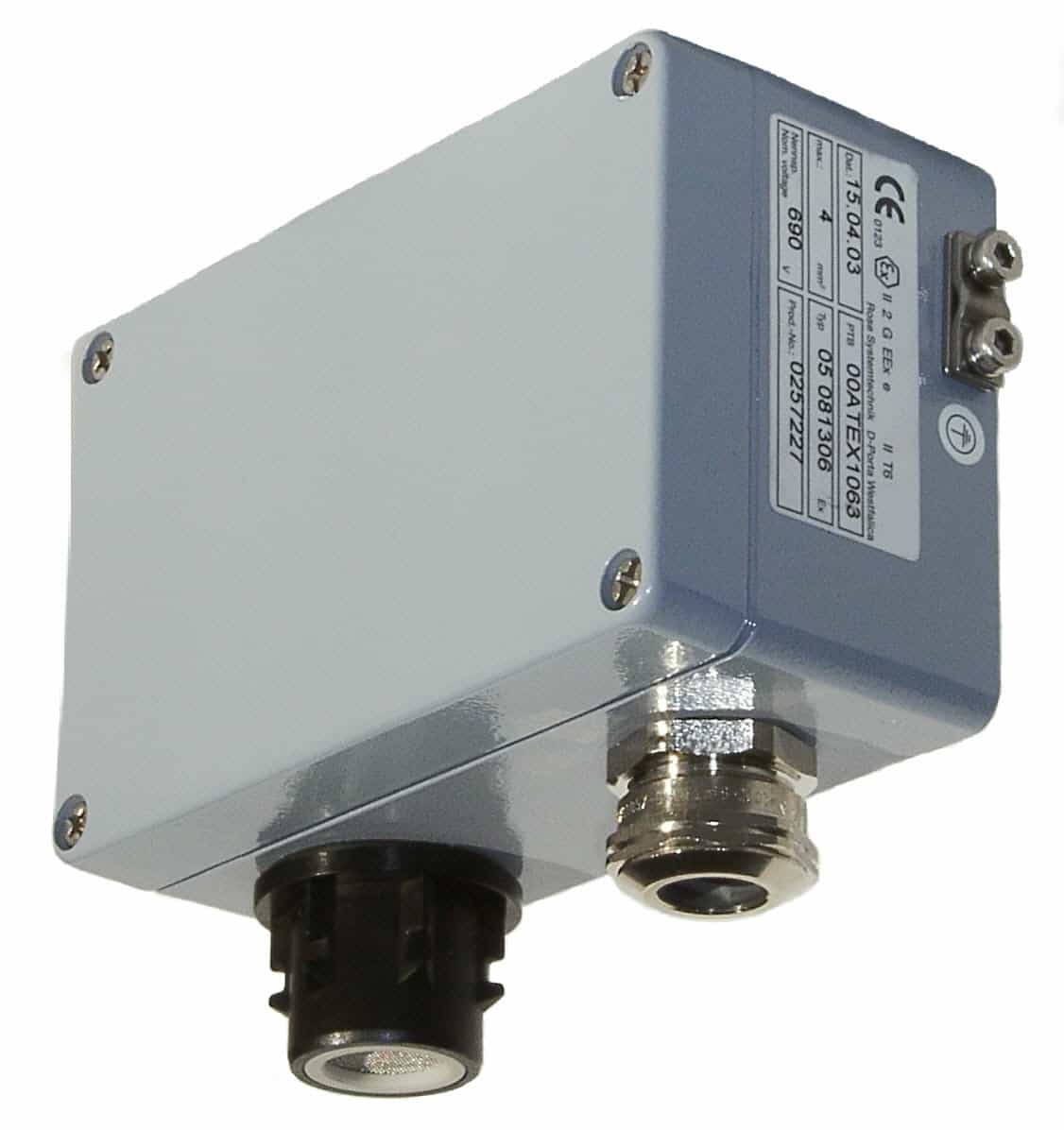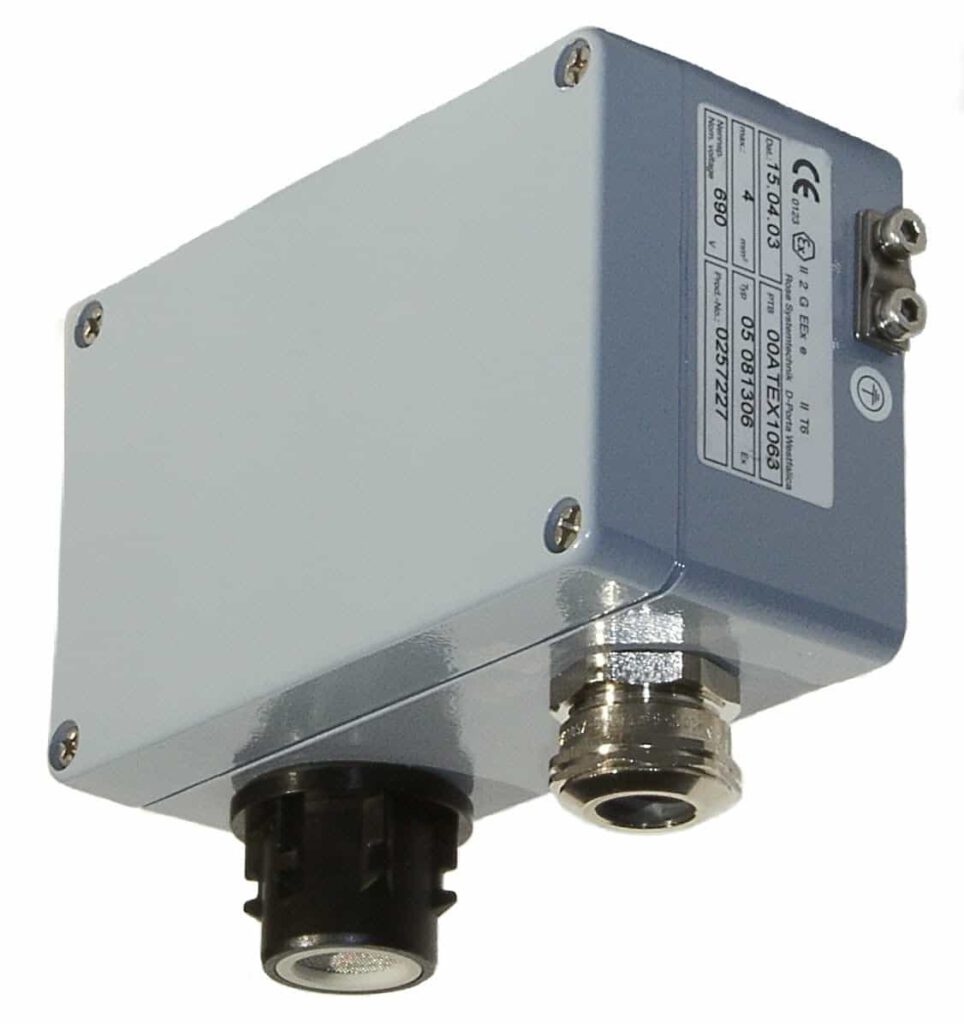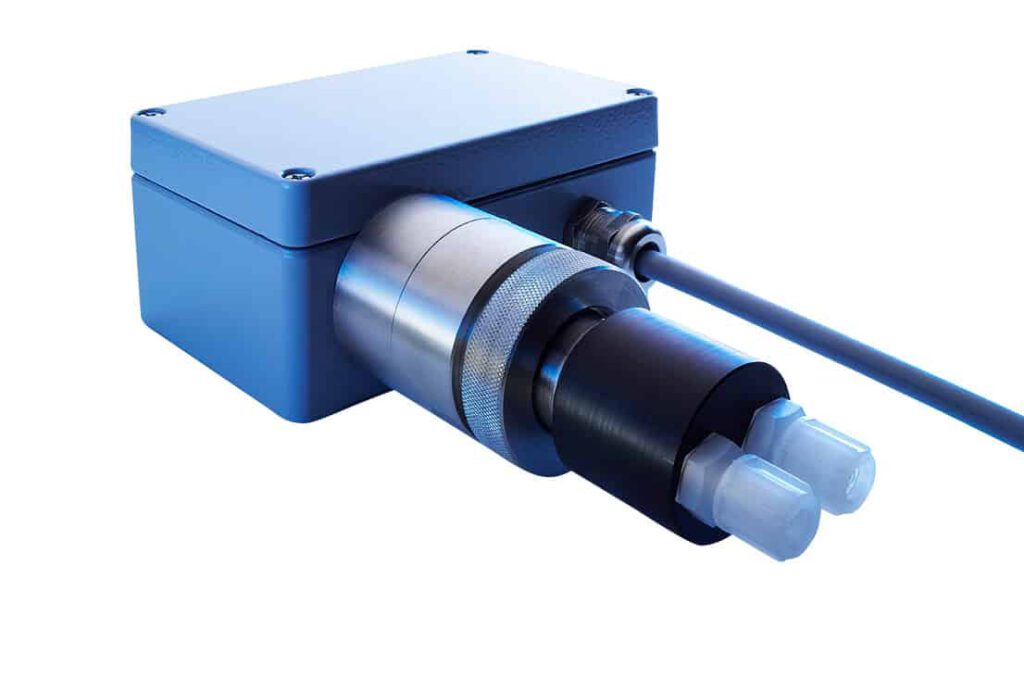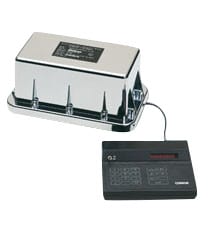Stationary gas detectors
We are manufacturerof high – end gas detectors for fixed installation with safety level SIL 2 for many different applications. Highly sensitive sensors ensure that any exceeding of the alarm threshold value will be detected and signalled. The sensors used in the Statox 560, for example, have nearly no interferences to other gases. Depending on the application we can offer a family of very specific gas detectors. This avoids nasty false alarms. Our specialists will be happy to assist you with your selection.
Find a suitable stationary gas detector now:
We focus on your safety
Nothing is more important to us than your security. As a medium-sized company, we are particularly close to our customers. After all, our credo is: gas detection technology for your safety.
With this in mind, our entire team stands for first-class advice, first-class products and first-class service.
Since its foundation by Friedrich Deckel in 1898, Compur Monitors has successfully established itself on the international market as a developer and manufacturer of gas measuring devices, gas warning devices and gas detectors.
Why stationary gas detectors from COMPUR

Dr. Josef von Stackelberg
Managing Director COMPUR MONITORS GmbH & Co. KG
Contact us without obligation
Do you have any questions about our products or would you like a non-binding consultation? We look forward to hearing from you.
